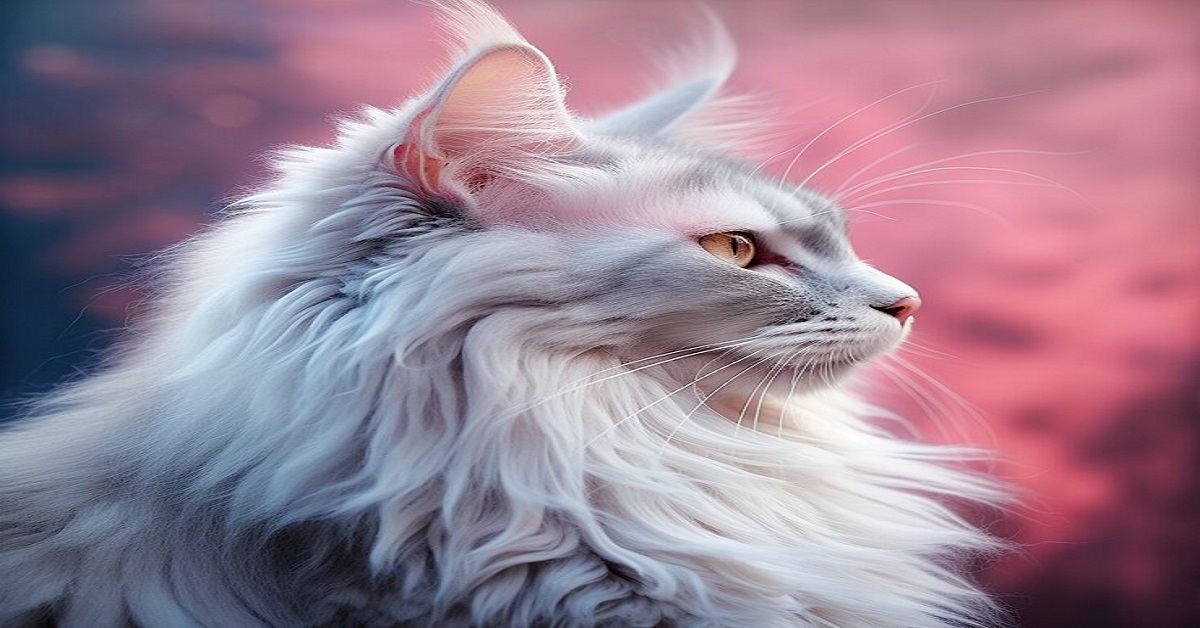The furry fandom is a subculture fascinated with anthropomorphic animal characters, encompassing art, literature, role-playing, and social interaction.
Participants, known as furries, create and engage with characters that possess human and animal traits, blurring the line between human and animal characteristics. This subculture is diverse, encompassing a wide range of interests and expressions.
Origins and Development
Early influences include comics, animation, and literature featuring anthropomorphic animals. The concept of humanized animals with distinct personalities and characteristics captured the imagination of artists and writers, laying the foundation for what would become the furry fandom.
As the internet emerged and grew in the 1990s, furries found a platform to connect globally, share artwork, and stories, and engage in role-playing. Online forums, social media, and conventions became essential gathering points for furries to celebrate their shared interests and creative pursuits.
Characteristics of Furry Art and Culture
Central to the furry fandom is the creation and appreciation of furry art. This includes visual art, such as drawings, paintings, and digital illustrations, depicting anthropomorphic characters. Furries often develop personas, or “fursonas,” representing themselves through their chosen animal character, which may reflect aspects of their personality, interests, or idealized traits.
Beyond visual art, furry culture extends into literature, with stories and comics featuring anthropomorphic characters in various genres—from fantasy and science fiction to slice-of-life narratives. Role-playing games (RPGs) are also popular, allowing furries to interact and explore virtual worlds as their characters.
Community and Identity
Community plays a vital role in the furry fandom, providing a sense of belonging and acceptance for individuals who may feel marginalized in mainstream culture. Many furries attend conventions, such as Anthrocon and Eurofurence, where they can meet fellow enthusiasts, showcase their art, and participate in workshops and panels.
Identity within the furry fandom is fluid and diverse. Participants come from all walks of life, united by their shared passion for anthropomorphic characters. While some furries engage casually, others deeply integrate furry culture into their lifestyles, influencing their social circles, hobbies, and even careers.
Misconceptions and Challenges
Despite its vibrant community and creative output, the furry fandom has faced misconceptions and stereotypes. Media portrayals sometimes sensationalize or misunderstand the culture, focusing on fringe aspects or misrepresenting the broader community.
Additionally, like any online community, the furry fandom navigates issues such as inclusivity, representation, and managing its public image.
Conclusion
The furry fandom is a multifaceted subculture built on creativity, imagination, and a shared love for anthropomorphic characters. It continues to evolve and expand globally, driven by the passion and dedication of its diverse community.
By fostering creativity, and supporting individual expression. And promoting inclusivity, the furry fandom remains a unique and influential force within modern fandom culture.
